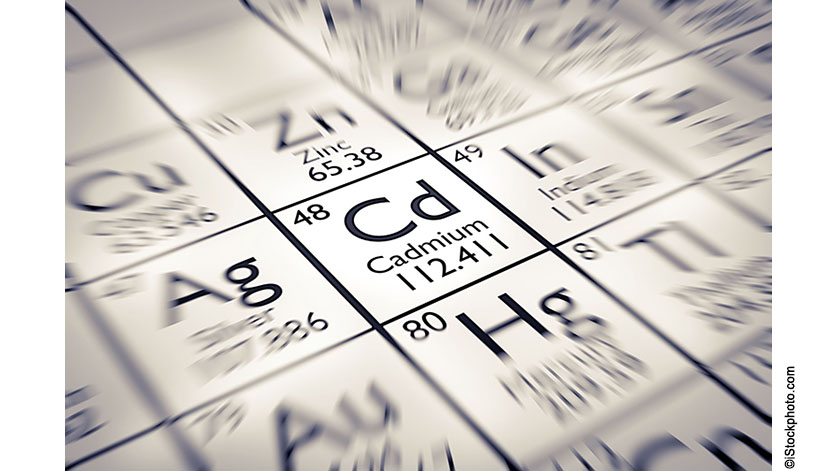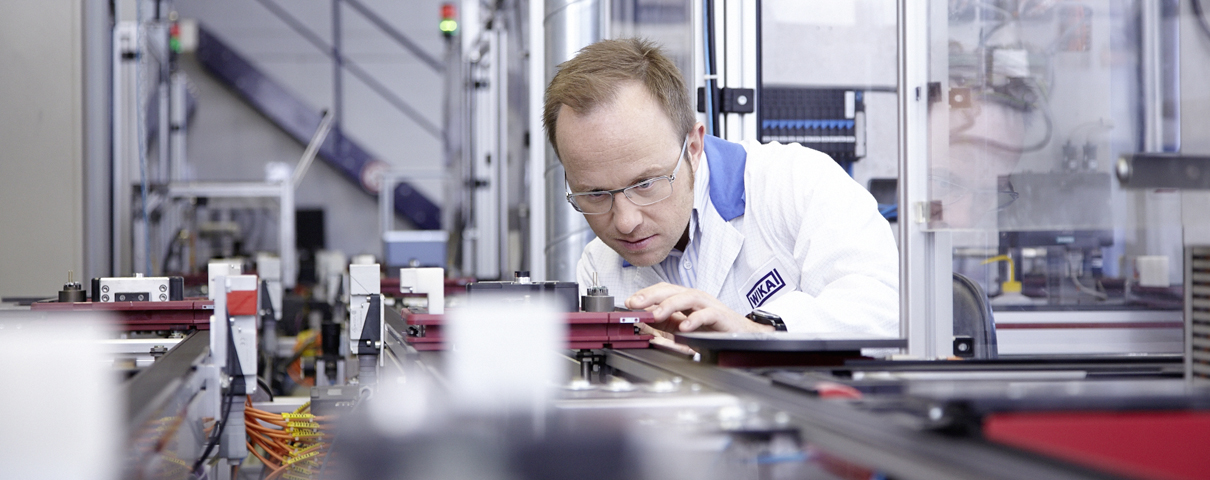
To protect human health and the environment, the EU RoHS and China RoHS directives demand the avoidance of six substances – heavy metals as well as brominated fire retardants and plasticisers.
The restrictions, or permissible highest concentrations in homogeneous materials, apply to the following substances:
| Lead | 0,1 % |
| Mercury | 0,1 % |
| Cadmium | 0,01 % |
| Hexavalent chromium | 0,1 % |
| Polybrominated biphenyls (PBB) | 0,1 % |
| Polybrominated diphenyl ethers | 0,1 % |
Where highest concentrations are exceeded due to technical requirements, these exceptions are defined in appendix III of the 2011/65/EU DIRECTIVE, such as, for example, copper alloys with a percentage by weight of up to 4 % lead (exception 6c).
These exceptions are not valid for the China RoHS. Exceeding the highest concentrations must be shown through the display of an orange-coloured marking and also a manufacturer’s declaration “Declaration of manufacturer according to China RoHS”.
The European Commission already has a continuation in the DIRECTIVE (EU) 2015/863 of 31 March 2015, which from 22 July 2021 restricts further substances (plasticisers) in their application.
| Di(2-ethylexyl)phthalate (DEHP) | 0,1 % |
| Butyl benzyl phthalate (BBP) | 0,1 % |
| Dibutyl phthalate (DBP) | 0,1 % |
| Diisobutyl phthalate (DIBP) | 0,1 % |
Note
The link below will take you to the DIRECTIVE (EU) 2015/863 of 31 March 2015.
See also our articles
What does RoHS really mean?
RoHS marking and certificates

